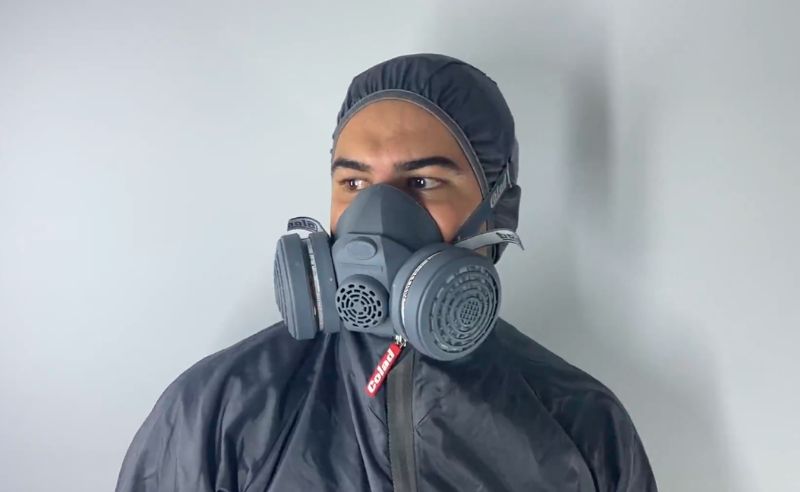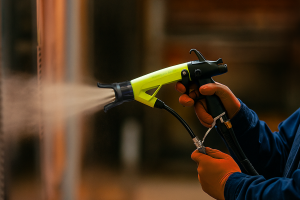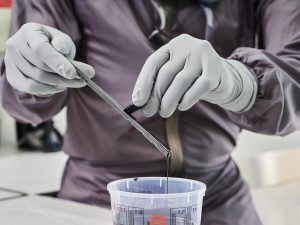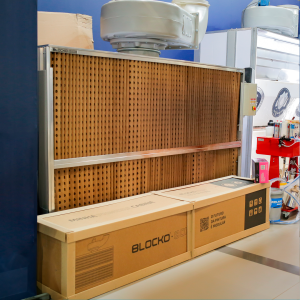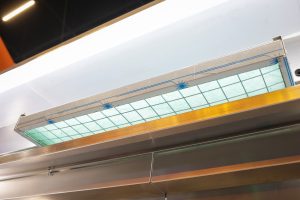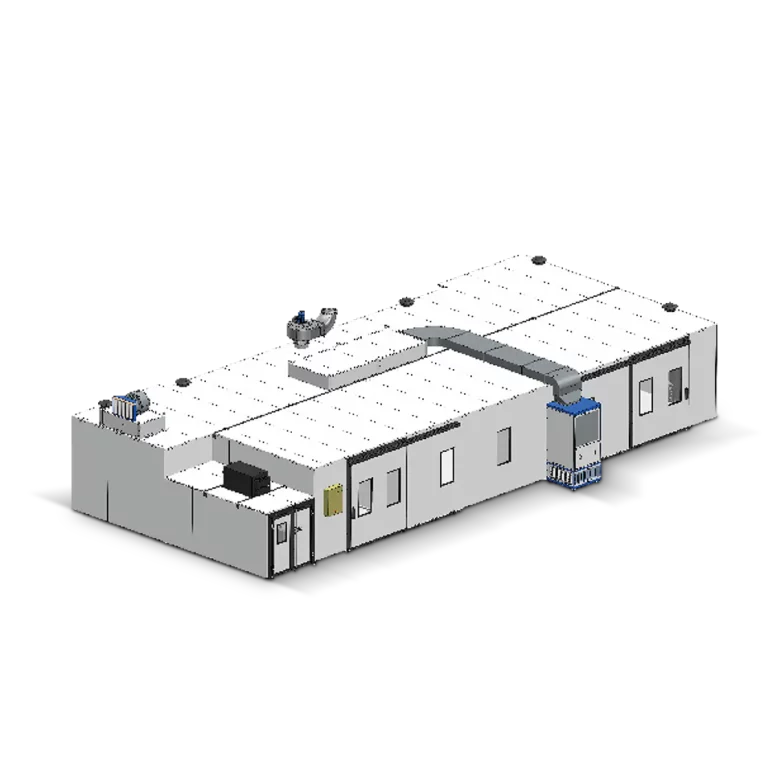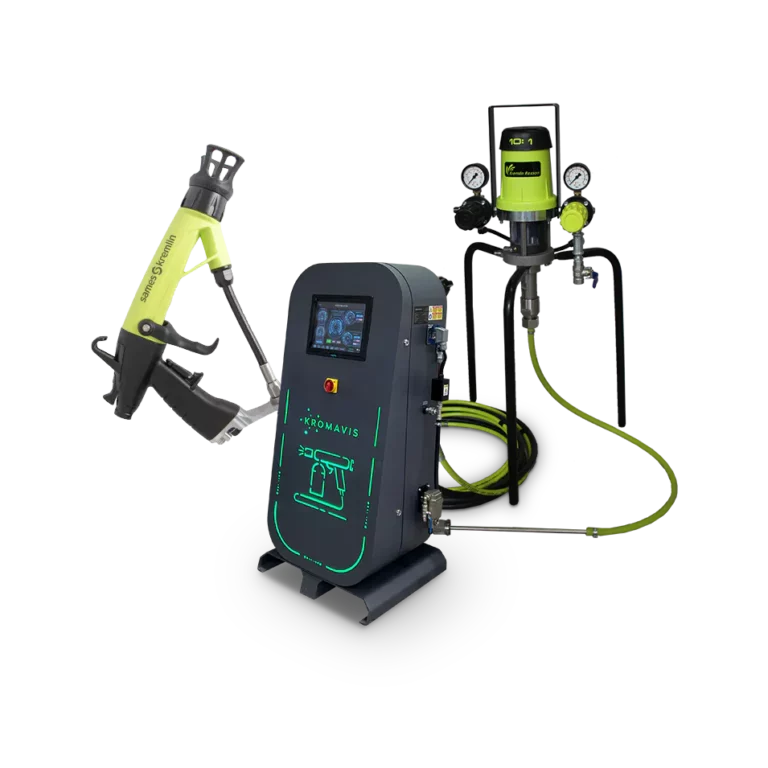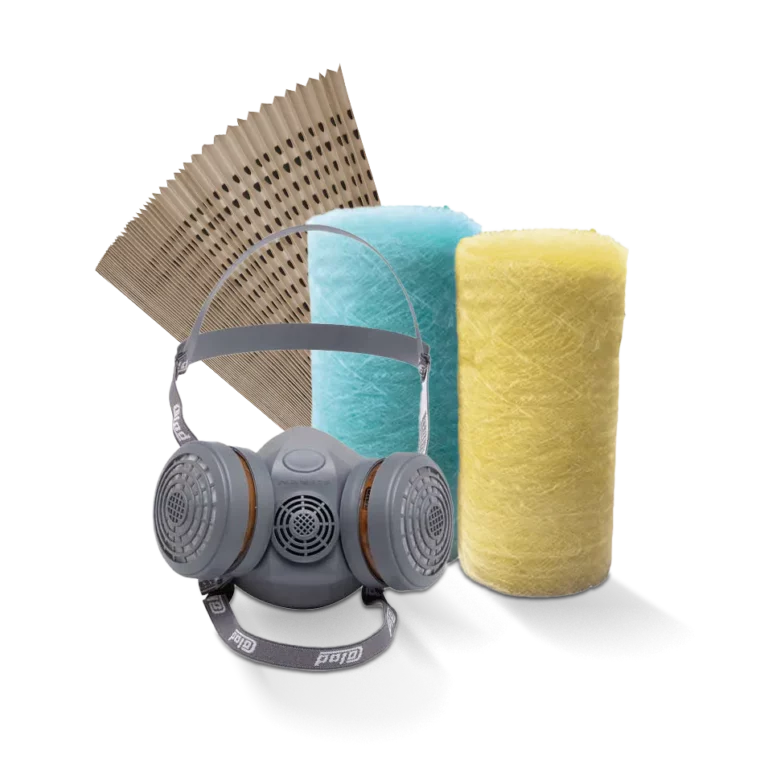When performing any work involving paint or solvents that release organovolatiles, it is essential for the painter to protect their respiratory tract. Almost all paints contain hazardous chemicals, some of which can cause significant and permanent health problems when inhaled for a long time.
A paint mask or respirator is a basic piece of protective equipment for painters, but many people forgo using it due to a lack of knowledge about the risks. How do you choose the right respirator? Which chemicals are the most dangerous? Let's find out the answers to these questions:
Why do you need a respirator mask when painting?
When working with primers and paints, especially solvent-based ones, if they emit a vapor that lingers in the air for a long time after application, especially when you are not in an environment where the airflow carries the overspray through filters to the outside, such as a painting booth positive or negative. If the painter is directly exposed to the fumes, they may experience serious health problems. Just one hour of exposure to strong paint fumes can produce dizziness, confusion, headaches, and nausea, for example.
The best way to protect yourself from such damage is to wear a mask with a respirator and appropriate filter. A painting mask with a respirator will filter out all harmful gases, fumes, and vapors, keeping the painter safe. It's always recommended to wear a respirator with activated carbon and/or a combined filtration system rather than a dust mask, even if you're only painting a small job.
When spraying paint, your lungs aren't the only area of your body that needs protection; your eyes and skin are vital. The chemicals in paint can be absorbed through your eyes and skin if you don't wear proper protection. To avoid getting paint on your clothes and skin, you should always wear safety glasses, rubber or nitrile gloves, a paint respirator, and protective clothing.
How to choose the right paint mask?
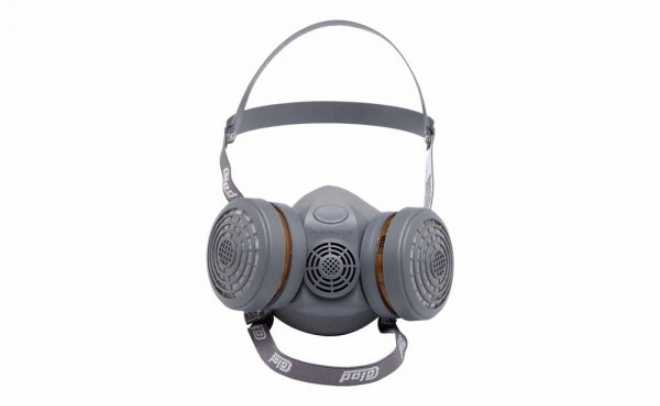
Choose your respirator mask based on the application area or pollution level, and of course, follow the manufacturer's instructions and recommendations. Typically, a mask with cartridges and activated carbon filters will be sufficient to prevent most painting hazards associated with overspray. For multicomponent or hybrid coatings, the decision will be made based on the most hazardous solvent used or the paint manufacturer's instructions, typically contained in the product's MSDS.
Instead of purchasing a paint mask with respirators, filters, and cartridges separately, you can often save money by purchasing them together. Always replace them within the mask manufacturer's recommended timeframe and/or when necessary, even if it's premature due to the number of hours of actual use. Typically, a filter lasts 6 months or 40 hours, whichever comes first, after the filters are removed from the packaging. Always shave your facial hair before using your mask to ensure a good seal.
What do you need to know about using a painting mask with respirator?
First and foremost, safety is a legal obligation for businesses and workers. First, let's be clear: you'll need a paint mask with a respirator and eye protection if you're handling toxic chemicals or harmful dust particles from painting or sanding.
This is necessary because if these chemical dusts enter your lungs or eyes, they can cause a variety of short- and long-term health problems. These chemicals can pose significant occupational safety risks for those who work with them frequently. Therefore, it's crucial to find the right safety equipment for you when working with hazardous dust and chemicals in general.
Fit is crucial. If the mask doesn't fit properly, it won't do its job and won't be effective at filtering harmful chemicals properly.
Respiratory mask filters are important
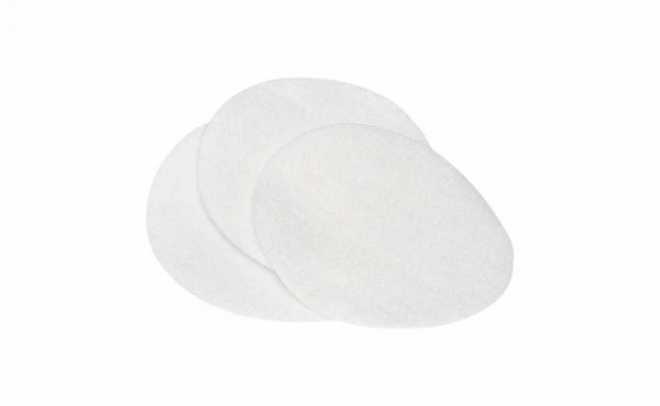
It's important to select a mask with the appropriate filters for the job at hand. Some paint masks with respirators are designed to filter dust particles such as welding dust, sanding dust, and other types of dust, hence the term "combined" system. If you smell or taste paint through your paint mask with respirator, it's either not the right model or the cartridges have reached their end of life and need replacing.
If you are looking for a mask to use for certain painting jobs, such as spray painting, make sure the mask you purchase is designed to filter out harmful fumes and other solvent-based chemicals emitted during these painting procedures.
To learn more about painting processes and equipment, visit our website. blog to discover our exclusive content.
